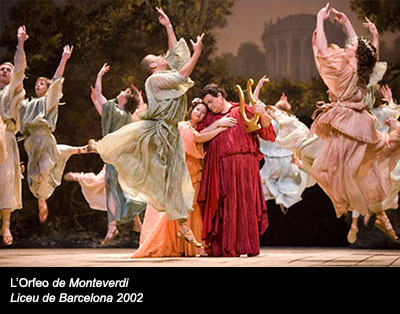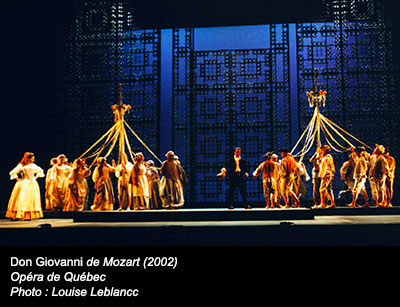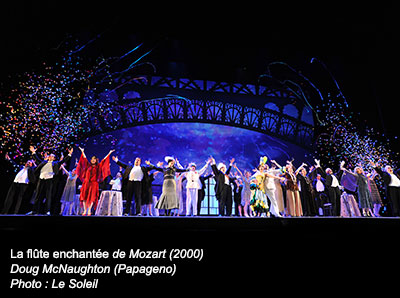The origins of opera
The Italian word opera translates literally as “work.” Opera dates back to the 17th century and this one short word helps define what an opera actually does—it brings all the arts together in a single work. The two key elements of an opera are voice and music, but over the years, it has embraced drama, poetry, dance, and even video.
Western opera was born in Italy. Although an opera written in 1600 is the earliest surviving work, the first operatic masterpiece is considered to be Orfeo, composed by Claudio Monteverdi in 1607.
In this new form of vocal performance, songs and dialogue were set to music. Opera quickly took off. In Italy, opera was developed around the art of singing (bel canto) and around a soloist. In France, with Lully and then Rameau, the emphasis was on dance in a form known as the




